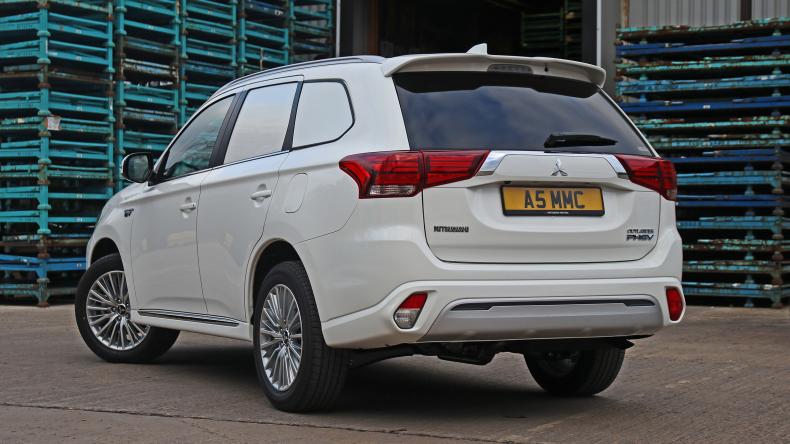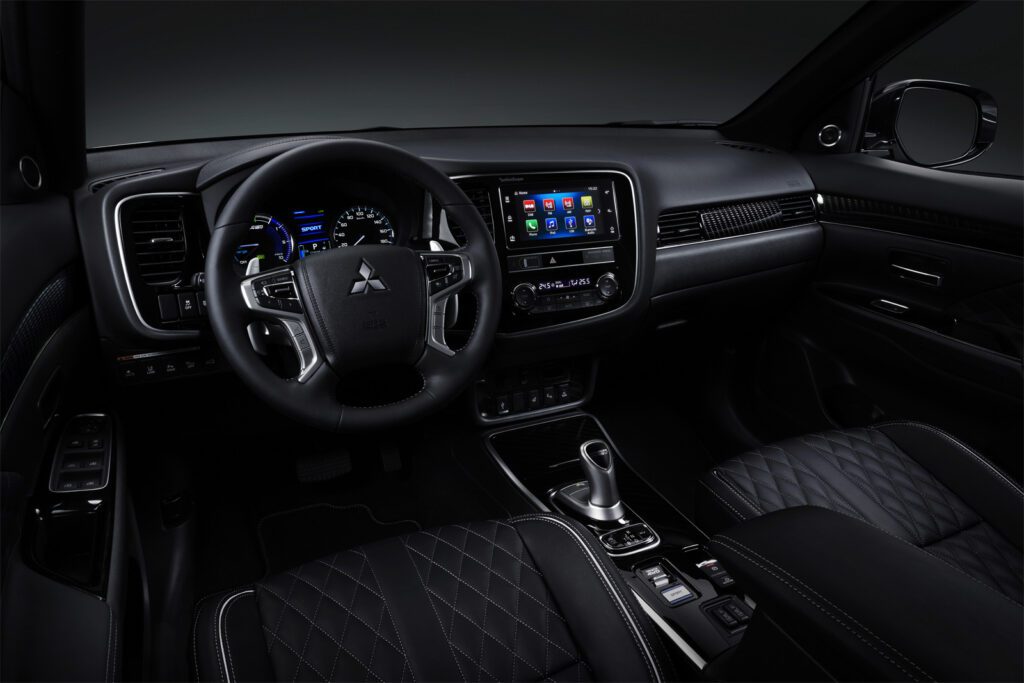
Mitsubishi Outlander PHEV Test Drive: The Best of Both Worlds?
Content
Outlander PHEV combines the benefits of various engine technologies
The Mitsubishi Outlander PHEV is actually the first mass-produced plug-in hybrid among SUV models. We decided to check what he is really capable of.
The very fact that the Outlander PHEV has become the best-selling Mitsubishi model in Europe is a testament to the success of its concept. The fact is that at the moment, purely electric mobility is facing many difficulties in its development.

The price and capacity of batteries, the number of charging points, the charging time are all factors that the industry has yet to contend with in order to turn electric vehicles into a 100 percent alternative to full everyday personal mobility. On the other hand, plug-in hybrid technology allows us to take advantage of both the electric drive and the traditional internal combustion engine at the same time.
Because plug-in hybrids have a larger battery capacity than conventional hybrids, they have a fairly large all-electric range and can shut down their engine frequently and for extended periods of time, using only electric power.
45 kilometers of actual run
In the case of the Outlander PHEV, our experience has shown that a person can easily drive about 45 kilometers in urban conditions on electricity alone, without being overly cautious or unnaturally phlegmatic. Another interesting fact: with the help of two electric motors (one for each axle, 82 hp at the front and 95 hp at the rear), the car can move on electricity at speeds up to 135 km / h.
In practice, this means that when driving without traction, including on highways and especially when going downhill, the car often turns off the engine and thus not only reduces fuel consumption, but also recovers the energy stored in the battery.

The transmission is also paired with a naturally aspirated four-cylinder 2,4-liter 135 hp petrol engine that provides a reliable source of main thrust. To improve energy efficiency, the engine operates in certain modes according to the Atkinson cycle. The all-wheel drive system is powered by a rear electric motor.
You can charge the battery in two ways - at a public station with direct current for about half an hour (this charges 80 percent of the battery), and it will take you five hours to fully charge from a regular outlet.
In practice, this means that if a person has the ability to charge their car every day and only travels a little more than 40 kilometers a day, they will be able to use the full potential of the Outlander PHEV and almost never need to use an internal combustion engine.
An interesting detail is that the lithium-ion battery, consisting of 80 cells with a total capacity of 13,4 kWh, can also be used to power external consumers.
Unexpectedly good results on a long journey
It cannot be stressed enough that although for a long time the model was not a champion in economy for purely technical reasons, with a reasonable driving style, it consumes an average of about eight and a half liters per hundred kilometers, which is a very reasonable value compared to most of its competitors. with different types of hybrid technologies.

Driving through settlements is mainly or entirely on electricity, and the interaction between the two types of units is surprisingly harmonious. It is also worth noting that the dynamics, including overtaking, are not bad due to the paired operation of both motors.
Acoustic comfort is also surprisingly pleasant on the highway - completely missing the characteristic of some other models with a similar powerplant that boosts the engine and constantly maintains high speeds, which leads to an unpleasant hum.
Convenience and functionality come first
Otherwise, the PHEV is not much different from the standard Outlander, and that's really good news. Because the Outlander prefers to rely on the real benefits of a concept car of this type of car, namely comfort and interior space.

The seats are wide and very comfortable for long journeys, the interior volume is impressive, and the luggage compartment, although rather shallow compared to the regular model due to the battery under the floor, is enough for family use.
Functionality and ergonomics are also good. The chassis and steering are designed and tuned primarily for safety and comfort, perfectly matching the character of the vehicle.